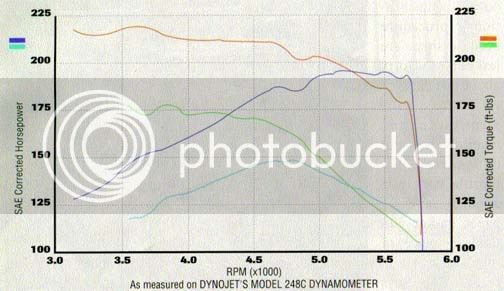stevechumo
Active Member
John,
Swapping a 1UZ, or better cams into this stock Land Cruiser engine aren't cost effective. They'll cost an addition of at least a grand or more. The best economical way with boost on this engine is to rebuild it with factory parts. And then run it with a turbo boosting around 6-8 psi max. With this low psi, an aftermarket ECU isn't necessary. You'll only need a hi-flow fuel pump and a rising rate fuel pressure regulator to handle the fuel. For timing, a MSD ignition box with a boost retard timing controller is good enough to retard the timing. MSD also has a digital timing controller that controls the timing better than its cousin manual controller.
For this low boost, a 800 hp efficient turbo isn't needed nor a small T3. One is too big which will surely lag, doesn't matter how you run the pipes, and the other is too small which will obstruct the exhaust flow and doesn't have enough CFM. Between these 2 turbos, a 800 hp is a better choice because it doesn't work at its peak power. The T3 will usually max out at around 250 hp. And even a new T3 can support 300 hp, it will create boost spike, which is dangerous for the car. I've been using T3 turbos on many 4 cylinder Honda/Acura so I know their peak performance.
The best turbo for this engine with low boost might be a hybrid (higher flow than regular ones) T3/T4, standard T04, or a standard T-60. But I would go with a T04 or T-60.
Swapping a 1UZ, or better cams into this stock Land Cruiser engine aren't cost effective. They'll cost an addition of at least a grand or more. The best economical way with boost on this engine is to rebuild it with factory parts. And then run it with a turbo boosting around 6-8 psi max. With this low psi, an aftermarket ECU isn't necessary. You'll only need a hi-flow fuel pump and a rising rate fuel pressure regulator to handle the fuel. For timing, a MSD ignition box with a boost retard timing controller is good enough to retard the timing. MSD also has a digital timing controller that controls the timing better than its cousin manual controller.
For this low boost, a 800 hp efficient turbo isn't needed nor a small T3. One is too big which will surely lag, doesn't matter how you run the pipes, and the other is too small which will obstruct the exhaust flow and doesn't have enough CFM. Between these 2 turbos, a 800 hp is a better choice because it doesn't work at its peak power. The T3 will usually max out at around 250 hp. And even a new T3 can support 300 hp, it will create boost spike, which is dangerous for the car. I've been using T3 turbos on many 4 cylinder Honda/Acura so I know their peak performance.
The best turbo for this engine with low boost might be a hybrid (higher flow than regular ones) T3/T4, standard T04, or a standard T-60. But I would go with a T04 or T-60.





